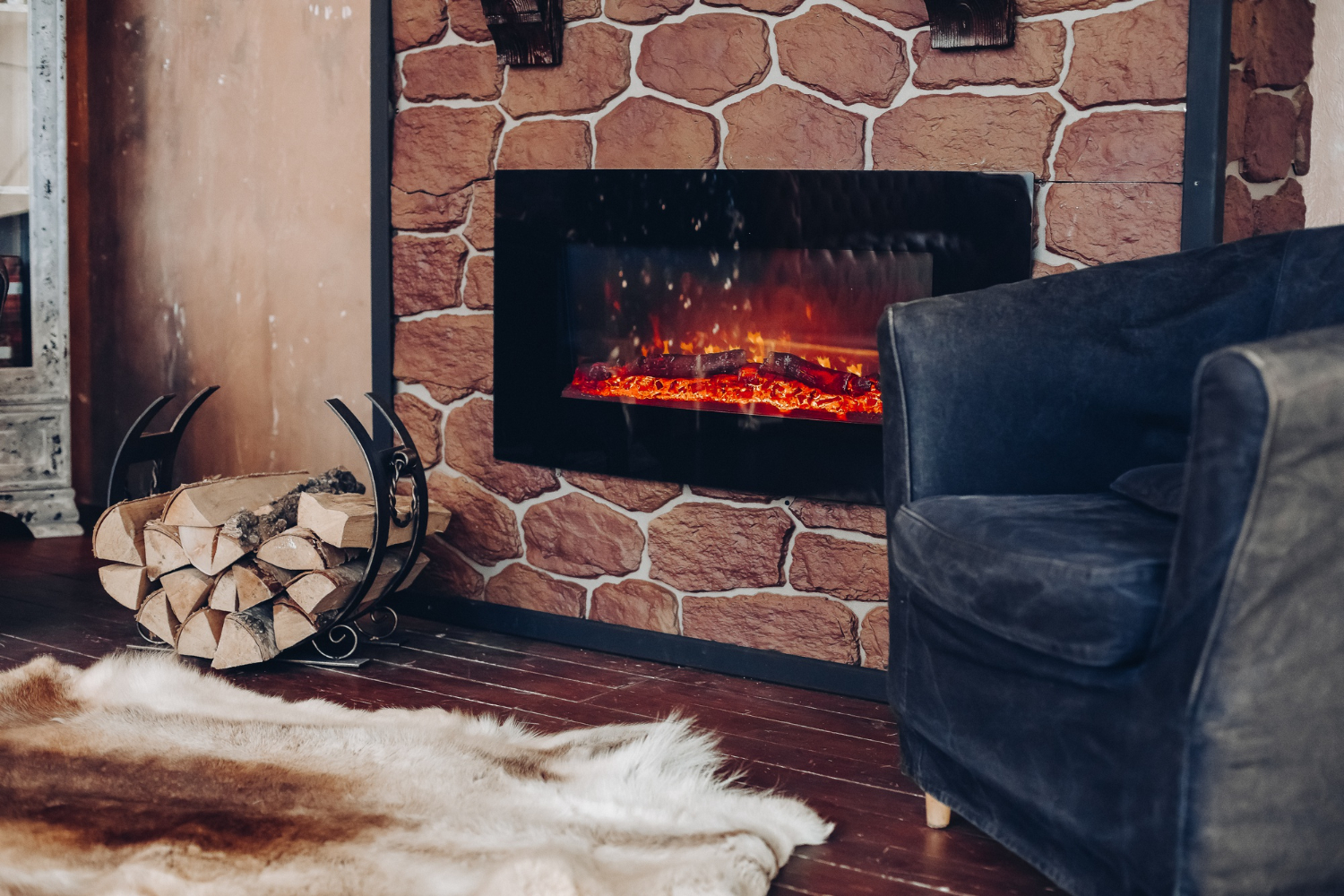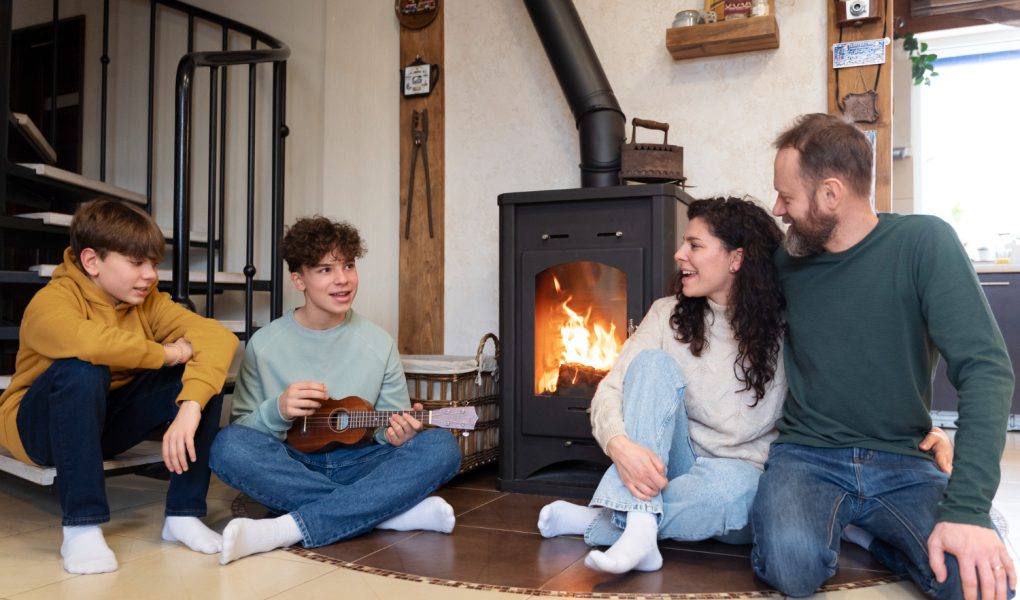In today’s age where increasing emphasis is put on affordable and renewable energy, wood heaters have grown popular, especially in Australia. These appliances provide a sustainable means of heating homes while also adding an element of aesthetic appeal. They are powered by wood, making them an affordable and accessible option. Many Australian homeowners have embraced these devices, finding them to be economical solutions to frigid winters.
This article provides you with everything you need to know regarding wood heaters. From understanding what wood heaters are, how they work, how to select the right one for your home, install it, and take care of it properly, we cover it all. We also delve into the environmental impact and aim to dispel common misconceptions. Let’s embark on this journey towards making your home a warm, inviting space even during the coldest months of the year.

Understanding Wood Heaters
Wood heaters are specially designed appliances that convert wood into thermal energy radiating warmth to indoor spaces. There are different types of wood heaters, each with its unique features, level of efficiency, pros and cons. Traditional wood-burning stoves differ from pellet stoves or fireplace inserts in structure and operation, but the primary function remains the same. The efficiency of a wood heater is determined by the percentage of wood’s potential energy converted into heat, with higher percentages translating to more heat produced and less fuel consumed.
While wood heaters provide efficient heat output and are cost-effective, there are certain considerations to take into account. These include the need for a ready supply of wood, proper installation, and regular maintenance. However, with correct use and maintenance, wood heaters can be a worthy investment for a warm and cozy home environment.
The Ideal Wood Heater for Your Home
Choosing the right wood heater for your home involves assessing a few factors. Firstly, the size of the home. Large houses need heaters with higher heat output, whereas, smaller homes can do with less powerful heaters. Secondly, the type of wood available matters due to variations in wood types affecting the heat output and burning efficiency. Lastly, climate should be considered. Colder climates demand heaters with higher heat output.
There are several types of wood heaters but four commonly used are traditional wood stoves, fireplace inserts, pellet stoves, and wood cook stoves. Traditional wood stoves are straightforward and cost-effective, fireplace inserts can be installed into existing fireplaces to enhance efficiency, pellet stoves use processed wood pellets as fuel, and wood cook stoves combine heating power with cooking utility. Each has its pros and cons, the choice depends on individual needs and preferences.
Installation Guidelines for Wood Heaters
Ensuring that your wood heater is correctly installed is of utmost importance. It starts with choosing the right position for the heater, followed by ensuring a proper flue installation for smoke and gas ventilation. You also need to follow the laws in Australia and obtain the required permits.
It is crucial to adhere to Australian safety standards and installation procedures when installing a wood heater. Standards cover issues like proper spacing between the heater and combustible materials, ensuring sufficient ventilation, and correct flue installation. It is advisable to hire a professional installer to ensure these requirements are strictly adhered to, safeguarding your home from potential hazards.
Proper Operation of your Wood Heater
Operating your wood heater efficiently is pivotal in gaining the maximum benefits. Use adequately dried wood, as it burns efficiently and produces less smoke. Regulating the air supply also affects the efficiency of burning. Additionally, learning how to ignite a clean, efficient fire propounds the heater’s performance.
Major mistakes that can mar the operation of a wood heater include overloading with wood, shutting down air supply fully when burning and not arranging the logs adequately for proper air circulation. By comporting these mistakes, you can enhance the safety and output of your wood heater.
Adequate Maintenance
Maintenance is an integral part of owning a wood heater. Regular maintenance not only ensures optimal operation but also extends the life of your heater. This includes regular cleaning and inspection, such as brushing the flue to remove soot and inspecting for any damage or blockages.
Additionally, you should replace worn-out parts promptly to avoid further damage. It’s also advisable to schedule regular professional check-ups. Maintenance tasks can differ depending on the season; for instance, during summer, you might need to carry out extensive cleaning, while in winter consistent inspection to ensure optimal operation can be more vital.
The Environmental Impact
Wood heaters, if used correctly, can be an environmentally friendly heating option. Choosing the right type of wood, ensuring it’s appropriately dried, and burning it effectively can minimize pollution, making your wood heater a truly green choice. However, it’s essential to adhere to Australian environmental guidelines, which specify the emission limits for wood heaters.
Expert Tips
Maximizing the efficiency and longevity of your wood heater is possible with inputs from industry professionals. Tips include but are not limited to burning only dry, seasoned wood, maintaining a moderate fire level rather than a roaring blaze, and preventing your fire from smoldering.
Even the way fuel is loaded into the wood heater matters. For instance, a top-down burn method where larger logs are placed on the bottom and lighter materials such as kindling are placed on top is advantageous. It creates a hotter fire initially, which reduces wood consumption and increases the heater’s overall efficiency.
Conclusion
Wood heaters provide an appealing, affordable, and efficient way to heat your home. As emphasized throughout this article, choosing the right heater for your circumstances, maintaining, and operating it optimally can significantly contribute to its performance and durability. If you have any personal experience or more queries on wood heaters, feel free to engage in the comment section to help expand this shared knowledge base. After all, a warm and cozy home is a happy home.



